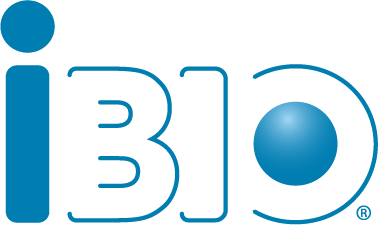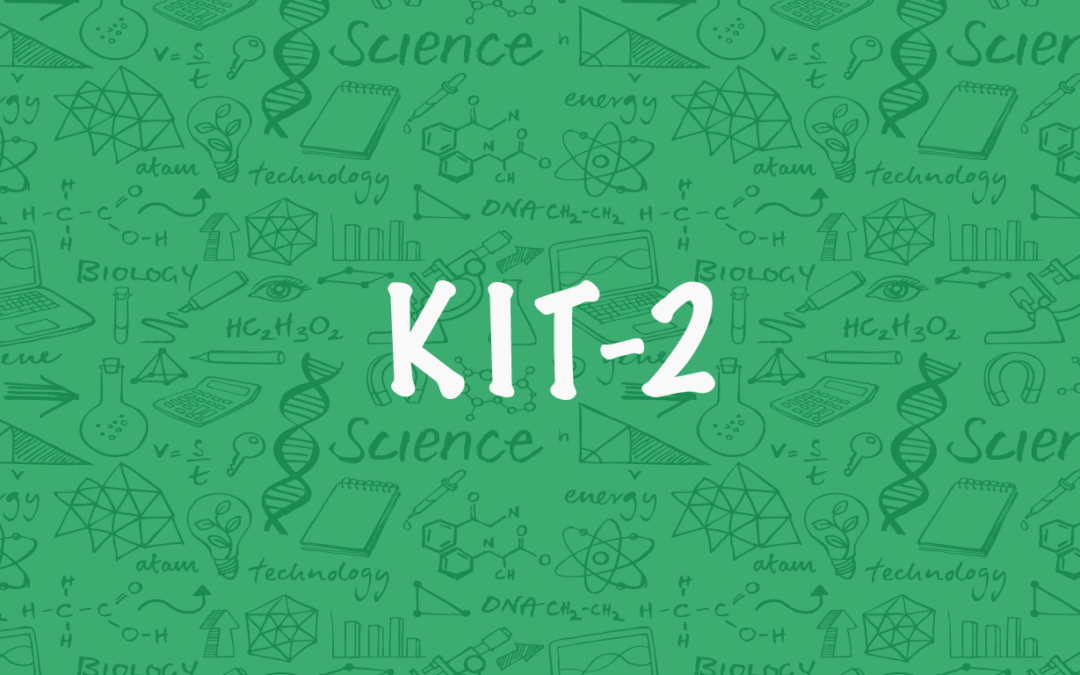Background Reading
ELECTRICITY
What do TVs, cell phones, light bulbs, and even cars have in common? They are just a few things we use everyday that require electricity. In this technological age, it’s become nearly impossible to get through a day without electricity. Scientists have studied electricity for hundreds of years. But it was not until the early 1800s that they learned how to create a continuous flow of electricity and then to channel that electricity through the use of a circuit.
CIRCUIT
But how does the electricity get to where we need it? Electricity, which is a type of energy, flows on a circuit. A circuit is a complete path around which electricity can flow. When electric current flows, it can be used by electrical appliances, such as light bulbs. An electric circuit has to have a power source, wires for the electricity to flow through, and a device such as a lamp or a motor that uses the electric current. All three of these parts must be connected so that the current continues to flow.
- POWER: In small portable devices such as flashlights, a battery supplies the power. In a home or school most devices take power from the electricity supplied by the public power plant. Current moves around the circuit from the positive terminal of a battery, to the negative terminal.
- CONDUCTOR: Wires made of metal and covered in plastic carry the electricity around the circuit. Materials that allow electric current to flow through them easily are called conductors. Metal is a good conductor of electricity, which means it can pass along the wire easily and well. The plastic around the wire insulates the electricity. The electricity is very powerful, and the plastic keeps it contained so that it does not harm people or other objects.
- DEVICE: A device, like a bulb or a motor, will utilize the current to do some work. For instance, a bulb will use the electricity to generate light. A motor will use the electrical current to spin and move a mixer or blender in the kitchen.
OPEN AND CLOSED CIRCUITS
For a circuit to work, all of its parts must be connected. When all of the parts are connected, the circuit is closed and current moves freely. If the circuit is complete, it is called CLOSED. In a closed circuit, electric current can flow and the device will receive power and will work.
When a part is not connected, the circuit is OPEN and the current stops. If the path is broken, the current stops and the device will not work. Electric circuits often have switches that allow people to control the flow of the electric current through the circuit. Flipping on a lamp switch closes its circuit. This allows current to flow freely and the lamp to light up. Turning off the switch breaks, or opens, the circuit—the flow of current stops and the lamp shuts off.

